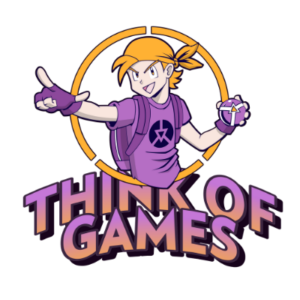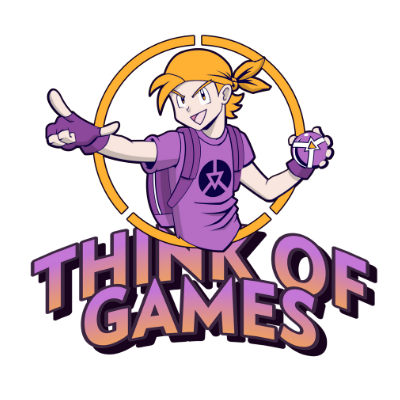As you probably know, player markets are dynamic ecosystems where gamers trade items, currencies, or services.
Supply and demand shift constantly, shaped by in-game factors and player behavior.
Understanding these marketplaces unlocks opportunities for savvy traders to profit or find rare treasures!
Seasonal Events Can Influence Player Market Prices
Just like world events can affect currency fluctuations, seasonal events can influence player market prices.
But in the same way that understanding EUR/USD markets can enable investors to stay one step ahead, by staying informed about seasonal events, gamers can predict shifts in demand.
Limited-time items or bonuses often trigger price spikes as players rush to participate. For example, holiday-themed gear may become rare after the event ends, driving prices higher.
Smart timing during these periods lets traders maximize profits with minimal effort.
Drop Rates Can Affect Player Market Prices
Drop rates determine how often specific items appear in the game, directly shaping their market value.
Rarer items naturally command higher prices due to scarcity. For example, if a popular weapon skin drops only 1% of the time, demand usually outweighs supply.
Developers occasionally adjust drop rates for balance or events, causing abrupt price changes.
Gamers who monitor these adjustments can capitalize on opportunities before the market reacts.
Like spotting early stock trends, predicting drop rate impacts gives savvy players an edge in maximizing their returns on trades or sales.
Duplication Exploits Can Shift Item Values in Player Markets
Duplication exploits create artificial surpluses by replicating items, often leading to drastic price drops.
When rare items flood the market due to these glitches, their value diminishes overnight. Players who invested heavily may face sudden losses.
For example, if a coveted cosmetic item is duped and becomes widely available, its exclusivity—and demand—vanish instantly.
Game developers typically patch such exploits quickly, but the damage can linger for weeks or longer.
Staying alert to exploit reports helps traders avoid overpaying or holding devalued inventory during unstable market conditions caused by duplication abuses.

Influencer Trends Can Drive Demand in Player Markets
Influencers often spark sudden interest in specific items by showcasing them to large audiences.
A streamer equipping a rare skin or weapon during gameplay can cause its market value to skyrocket overnight. Their influence works like celebrity endorsements, creating hype that drives demand.
Players eager to replicate their favorite influencers’ looks rush to buy, pushing prices higher.
This phenomenon is unpredictable but rewarding for traders who track influencer trends closely.
Anticipating which items may gain attention helps players strategically position themselves to profit before the market peaks and levels off again.
Bot Activity Can Disrupt Stability in Player Markets
Bots farm resources or snipe valuable items, creating an uneven playing field and distorting market prices.
Automated programs flood the marketplace with high-volume listings, often undercutting human sellers. This can cause price crashes for common goods or inflate costs for rare ones due to manipulation.
For example, bots farming a crafting material might oversaturate the supply, driving values to near-worthless levels.
Developers frequently crack down on bot activity, but their presence remains a constant threat.
Players aware of these disruptions can adapt strategies to avoid losses during unstable trading periods.



















